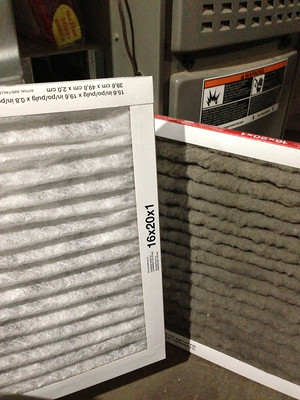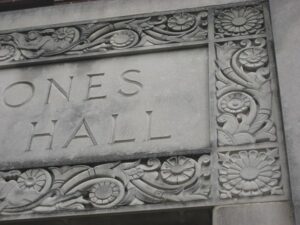Whoever thought it was a good idea to virtually eliminate the WCC maintenance budget isn’t doing the institution any favors. The old saying, “Penny wise and pound foolish” applies here. A new survey, that Inside Higher Ed and College Pulse conducted shows that students do more than notice poor maintenance on campus: they make attendance decisions based on the condition of the facilities.
Maintenance is analogous to housekeeping: people only notice it when it’s not done. In the survey, students reported that the status of maintenance influenced everything from where and when they took classes to where they sat in classrooms and lecture halls to which bathrooms they used or avoided.
Students cited restroom cleanliness as one issue, but temperature trumped restrooms on the respondents’ Top 5 lists of concerns. Large variations in temperature between buildings, consistently uncomfortable (too hot/too cold) temperatures in classrooms, and inconsistent temperatures between spaces in the same building topped the list of students’ maintenance concerns.
Other complaints included insufficient or oddly designed classrooms; bad lighting; accessibility problems; mold and mildew; poor air quality; inoperable building access technologies; ignored maintenance requests; broken fixtures; broken furniture; inadequate winter maintenance; leaky roofs; and inadequate floor maintenance during inclement weather.
(One can only imagine the impact of raw sewage spills on recruiting and retention.)
Undone maintenance does more than turn students off. Mold, mildew, and other contaminants in the air handling system create sick buildings. In turn, they sicken students and employees, and increase absenteeism. Absenteeism among employees causes its own issues; absenteeism among students often means they withdraw from classes. Institutions have taken steps to minimize the financial impact of withdrawals on themselves, but the longer-term impact of undone maintenance is that affected students simply don’t return.
Trustees should establish minimum standards for the maintenance budget
According to the survey, 31% of students said that poor facilities maintenance impacted their abilities to learn somewhat or a great deal. Certain maintenance failures had greater impacts on student success than others. For example, more than 50% of the survey respondents identified dirty classrooms, leaky roofs, ignored maintenance requests and broken fixtures or furniture as conditions that negatively impacted their learning abilities. Between 45% and 50% of respondents said that bad air quality (including the presence of mold and mildew), unclean restrooms, and problematic lighting affected their abilities to learn.
This is a clear mandate for the WCC’s Trustees to require minimum standards for maintenance spending in a fiscal year. The current $300,000 approach is wholly insufficient and frankly, rather reckless. It would be very interesting to conduct a liability study on the impact of minimized maintenance around the campus. What is the liability associated with spending just $0.25 per square foot on maintenance? What are the risks of constantly pushing off regular maintenance to future years? Few people would argue that $300,000 is deficient for a 1.2M sq. ft. facility. What is the actual increase in maintenance cost that results from imposing unrealistic limits on maintenance expenditures? Most importantly, who is liable when failure to maintain a building to ordinary standards causes acute or chronic illness, bodily injury, or -in the worst case – death?
When the administrators chronically starve the WCC maintenance budget, ignoring maintenance becomes institutional policy. This is not acceptable. Whoever proposed the $300,000 annual maintenance budget should be fired. And whoever approved the $300,000 annual maintenance budget should also be fired.
Ignoring maintenance is not a money-saving strategy. It’s an enrollment killer. (And it might be an actual killer, too.)
Photo Credit: Arthaey Angosii , via Flickr

























